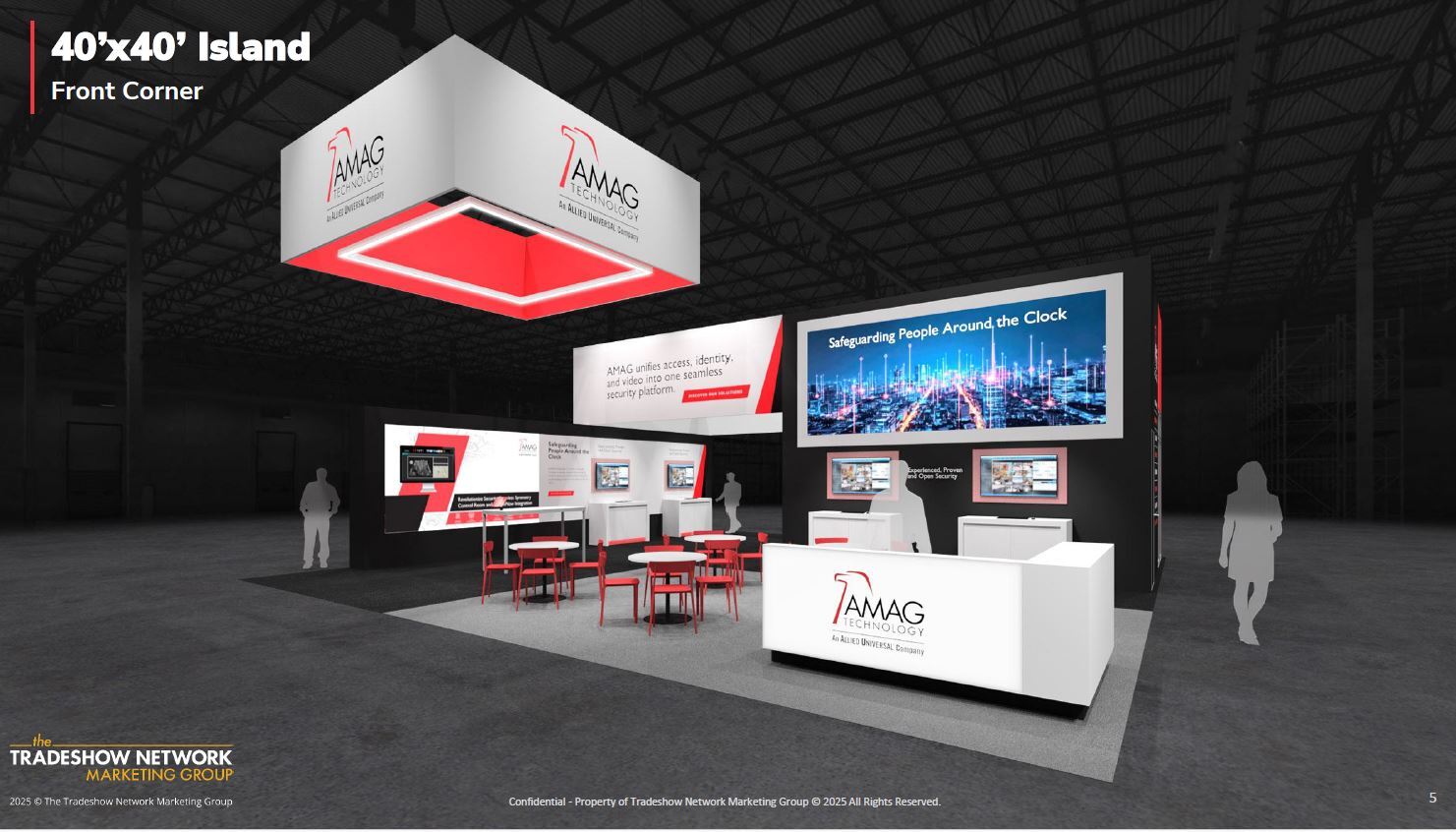As a freelance copywriter, I am often retained by agencies to serve clients looking for an integrated marketing strategy. In short, this means they want to develop a brand with accompanying marketing messages, then carry them through to their new website and marketing collateral materials. I enthusiastically apply myself to the project, which usually begins with the website content. The published website content then becomes the basis for anything else I write for the client, for example, their brochure.
 While most companies allocate a larger budget and more resources for their website, a brochure or printed flyer can still be a valuable leave behind. Easier on the eyes, with a tactile appeal, brochures can be a nice respite in an ocean of screen reading. The sensory experience alone, combined with slick graphic images presented on a silky or cottony stock can make an impression that helps the reader remember your message.
While most companies allocate a larger budget and more resources for their website, a brochure or printed flyer can still be a valuable leave behind. Easier on the eyes, with a tactile appeal, brochures can be a nice respite in an ocean of screen reading. The sensory experience alone, combined with slick graphic images presented on a silky or cottony stock can make an impression that helps the reader remember your message.
Depending on your clientele, the brochure can be as important as the website. For many salespeople, it provides an essential connection with the client after they leave the office or walk away from the trade show exhibit. However, when it is time to write your brochure content, it’s important to remember that because the brochure is viewed and digested differently than web content, it must be written differently as well.
Here are some tried and true tips for creating a brochure from your web content.
1. Write Your Brochure With a Linear Construction.
Website pages are read separately, and sometimes completely independent of the other pages on the website. Consequently, it’s easy to write or revise a website in a “piecemeal” format, page by page. Website visitors jump from page to page, in whatever order they want. A brochure, on the other hand, presents the information about your company in one static document. The brochure’s presentation of information must be organized and pleasing to your audience, which typically occurs with a linear construction.
With a linear construction, each section of the brochure must pave the way for the presentation of the next portion of the brochure. It’s best to organize the content into an information funnel, travelling from general to specific. For example, the typical order of a brochure is to begin with a general statement about the company, then lead down to specific benefits of the products or services.
The content organization within a typical brochure looks a little like this:
• Mission/purpose of business and audience
• Services
• Competitive Advantages
• Testimonials
• Call to Action
• Contact Information
While your order can vary with your design or industry, the most important thing is to present all the necessary information in an organized, easy to follow fashion for your reader.
2. Mercilessly Edit Your Website Content for Design and Readability.
Space is much more affordable on a website than in a brochure. Since you pay in printing costs for every word on the brochure, every word must count.
Also, the design of a brochure is even more critical because the reader is a captive that cannot “scroll” anywhere and must digest the information as presented. Therefore, white space (or strategically placed blank areas in the brochure design) is key to leading the reader to the most important items to know. How do you get more white space into a brochure? Reduce your content. How do you reduce your content? Here are some tips:
• Use bullet points rather than listing items in a sentence
• Create main point bold headlines out of your paragraph topic sentences in your website content
• Have an objective eye edit your work. What you see as necessary, an objective bystander will be able to judge as essential…or not. (By the way, a freelance copywriter can be very helpful in this situation)
• Distribute content evenly throughout the brochure
After all that editing, you may feel worried that you’ve cut something important. That’s why the next tip is important!
3. Allow the Brochure to Complement, Not Replace the Website.
The hardest thing to do when putting together a brochure is to forgive yourself for not including everything on your website within your brochure. It is perfectly acceptable to refer the reader to your website for “more information,” “a full list”, or our “latest developments.” In fact, this is often necessary in businesses where the products and services change rapidly. It could even be the prime objective of the piece!
4. Include Your Branding Material.
In the midst of your frantic editing, spare the delete key on your branding elements—logo, tagline, mission statements—in short, anything that you have written that identifies the uniqueness of your company. These are (or should be) your key marketing messages that you bring to the client to help them differentiate you from your competitors. Under no circumstances should you omit them from your brochure. In fact, any designer worth their salt will give them a place of honor within the piece!
Turning your web content into brochure content is not difficult but can often use a professional’s touch.
Guest Blogger: Karen Dix, a professional copywriter, the founder of Big Ideas Writing and someone who LOVES to write for businesses who need assistance with their communication efforts! I have offered freelance marketing communications since 1996. Every time I sit down to write for a client I strive to offer “inspired communication solutions” for their advertising and marketing needs.






